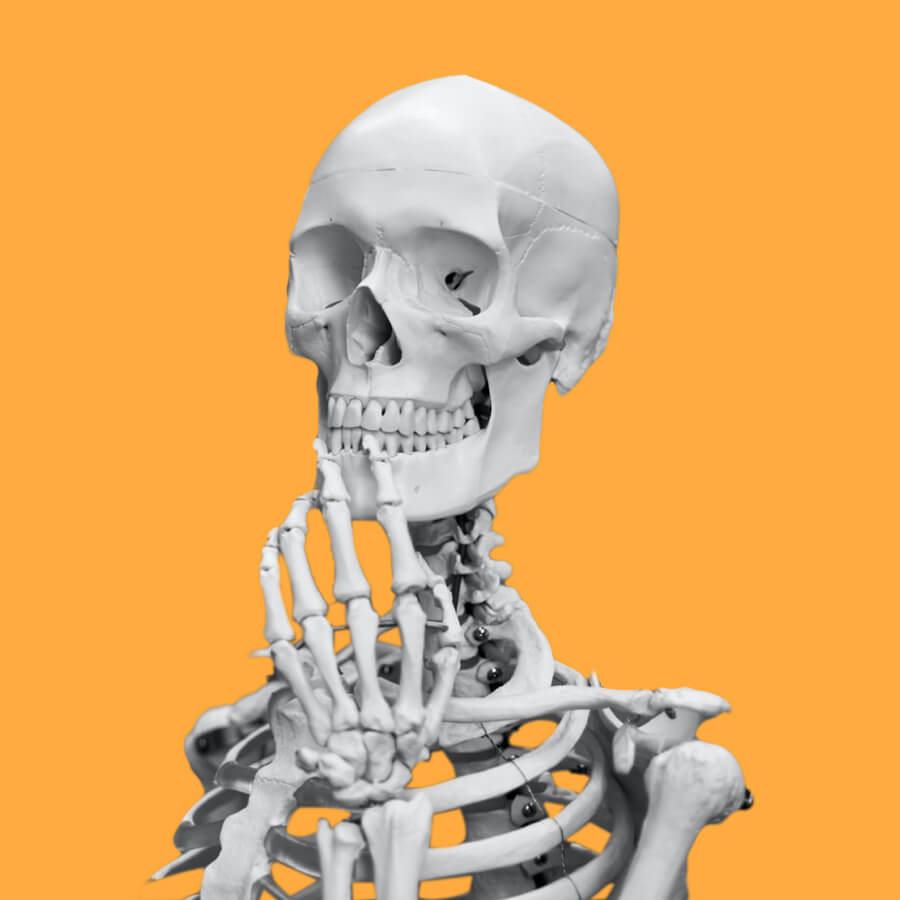Enele Twala
MSc student
Evolutionary Studies Institute, University of the Witwatersrand

Biography
My name is Enele Twala, a MSc candidate for the Evolutionary Studies Institute. I completed both my BSc and BSc (Hons) at the University of the Witwatersrand with my majors focusing on comparative anatomy, biology and macroevolution. Although I am often referred to as Usisi wamathambo by those close to me, I consider myself a biologist who enjoys time travel. Therefore, my research centers around studying extant taxa in order to answer critical macroevolutionary and palaeobiological questions. I also am extremely passionate about science communication and enjoy talking about my research to various audiences as I am firm believer in the saying “Science is not yet complete until it is communicated”.
Disciplines
Evolution, Palaeoecology
Fields of study
Extant owls are ideal for studying the evolution of hearing and nocturnality, because they lead both nocturnal (e.g., Barn Owls, Tyto alba) and diurnal (e.g., Burrowing Owl, Athene cunicularia) lifestyles. Barn owls (Tyto alba) are highly specialized nocturnal hunters that can catch small vertebrates in total darkness using auditory cues. Their hearing performance is due to two factors: 1) asymmetry of the positions of the external ears and 2) their long basilar papilla of the inner ear. Cranial asymmetry is widespread among owls and has been hypothesized to independently evolve up to five times in their evolutionary history, but this has never been quantified. While many owls appear to have relatively lengthy basilar papillae, no broad investigations of their inner ears have been conducted. The lack of quantitative investigations of these features leaves open questions about hearing evolution in the living bird group with the most auditory adaptations. Recent research suggests some dinosaurs had excellent hearing and nocturnal habits like today's owls, but there is a similar gap in our knowledge of how these sensory innovations evolved. My study aims to investigate cranial asymmetry and basilar papilla evolution across the living owl lineage and other birds to understand how these features correlate with hearing ability and nocturnal habits. The findings of this study can be extended to the fossil record, where its findings can be used to understand hearing adaptations of the extinct dinosaurian lineages that lead to owls.
Awards and recognition
- Golden Key (2023)
- PAST Africa bursary award (2023)
- Post Graduate Merit Award (2022)
- Palaeontological Association of Southern Africa best poster (2022)
- PAST Africa bursary award (2023)
- 2nd place best presentation at the Genus conference (2023)
